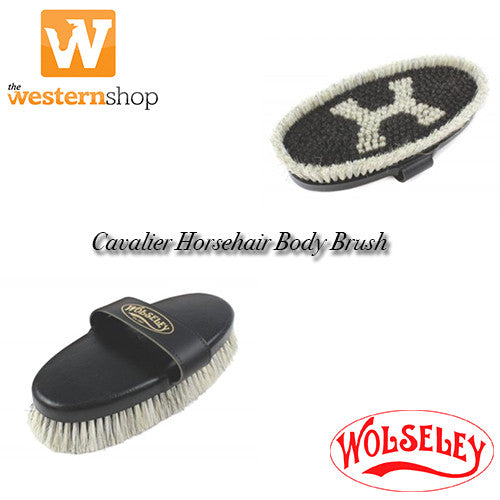
Regular grooming promotes good health. This hands-on process goes far beyond just making the horse "look pretty." Genuine grooming combines energetic scrubbing, all-over polishing, conscientious inspection, and consistent protection in a series of procedures.
Grooming is a vital horsekeeping task; the basis of a daily routine. As you scrub and stroke the hair coat and skin, you create friction with grooming tools. Friction stimulates the oils of the skin as it loosens dirt and dead hair. The pressure you exert massages the skin and stimulates blood circulation.
Hand tools are the foundation of solid grooming--not a shelf of products. Proper grooming is an activity that demands diligent work. To promote the horse's well-being, you'll follow the traditions of what grooms call "rubbing," rather than applying a quick fix.
Pre-Grooming
Regular handling on the ground reinforces your horse's ground manners. Because you'll stand close to the horse while working, remain alert to surrounding activity that might distract the horse or cause him to spook.
Start the process by tying the horse securely. Even if you know he would stand quietly without restraint, always tie him as a safety precaution.
Your Grooming Kit
- Use a rubber or plastic curry, in a firmness that matches your horse’s preference and your hand. The traditional oval curry has teeth to push through the coat onto the skin. A curry usually has a hand strap or handle. You also can use a curry mitt, which is a rubber or plastic mitten that fits over your hand. The surface texture is of raised dots or loops.
- Avoid the serrated teeth of a metal curry. If you have an old metal curry, reserve it for cleaning the bristles of brushes. Probably the only time you’d use metal on your horse’s coat will be as a flexible sweat scraper or shedding blade.
- A rough-textured cloth can be used as a curry. Look for a cactus cloth, a woven piece made from the fibers of the maguey plant.
- Traditional brushes are made of a wood block holding several rows of bristles. For a dandy brush, choose stiff bristles of nylon, plastic, or vegetable fibers. An all-purpose brush has softer bristles, and a finishing brush features very soft, flexible bristles. The body brush has medium firm bristles set closely together into a wood block or leather back, with a leather hand strap.
- Horses might prefer the softer feel of the rubber brush. Instead of bristles, soft rubber nubs bend as you curry.
- For mane and tail, use a hairbrush similar to your own brush, or a tangle-free "taming" tool for equine hair care. Avoid combing mane or tail, unless you intend to pull hairs.
- Some grooms like to polish the coat with a rub rag, or a terrycloth towel.
- For spot cleaning, choose a sponge that fits your hand. You can reuse old socks as cleaning tools. Dedicate specific socks (or sponges) to clean face or hindquarters, or to wipe on fly repellent.
CHARLENE STRICKLAND
You'll concentrate on grooming and simultaneously observing the horse. Stand in a safe position, slightly leaning into the horse with your feet at least 12 inches away from his feet. Place yourself beside his shoulder to start cleaning. Watch your horse's expression to anticipate and correct any sudden moves he might make.
Some horses resent grooming and will show signs of irritation, such as pinning ears back, biting, kicking, and stomping their feet. Sessions of hurried, tense grooming can "train" the horse to anticipate unpleasant handling. Like any other behavior you teach, you can retrain the horse to accept the procedures.
Grooming can be a time to build a bond of mutual trust. When treated with respect, most horses can learn to accept and even enjoy your treatments. A regular sequence can relax the horse and make him a pleasure to handle.
Cleaning
Plan and stick to a routine, which will encourage your horse to relax. For example, you might follow the typical workflow of cleaning the coat, cleaning the face, picking the feet, and attending to his mane and tail.
Clean your horse's coat before exercise. Cleaning relies on two tools--the curry to scrub the skin, and the brush to polish the hairs. (For more background on hair growth, see the article Summer Haircoat Tips.)
Scrub over the horse's contours. Use a flexible curry to stroke into areas like behind the elbows, between the front legs, and behind the ears.
Starting on the neck, begin rubbing the currycomb over the coat. A grooming routine usually goes from poll to withers, back to buttocks, shoulder, girthline, and flanks. Don't forget those hard-to-see zones, such as the bridle path, between front legs, and belly. Most grooms (and horses) prefer to make small circles with the curry, going with and against the growth of hair. This seems to do a good job with the cleaning and also relaxes the horse.
You can start on either side (although most owners start on the horse's left side), then repeat the procedure on the opposite side. On a muscled area, push the curry firmly against the skin with the heel of your hand.
Grooming is tactile communication. As the leader of a pair, you set the level of communication, and you respond to the horse's side of the dialogue. Your attention should be authoritative, yet careful. Use a firm touch so you avoid irritating or tickling the horse.
Your horse's expression communicates how he accepts the pressure. Adjust the amount of pressure according to his reaction. Your horse might prefer a less firm pressure on the breast, belly, and flanks. Also, use a lighter touch over the shoulder blades and withers, where you rub directly over scapula and vertebrae. If your horse visibly objects, try switching to a softer tool.
Curry all areas of the horse's body except the head and below the knees and hocks. On these bony structures, use a flexible curry like the curry mitt or rubber brush. Remember the "hidden" areas of under the mane, the horse's underside, and behind the pasterns. Clean the girth and saddle areas well, since this could affect saddle fit and comfort.
Currying should bring "scurf" or scaly dry skin to the surface of the coat. You'll also see dirt and dead hairs. When debris clogs the curry, knock the edge of the curry against your boot heel, wall, or fence post. With young horses, make sure they aren't spooked by the noise the first few times.
After you've scrubbed, use your brush to sweep the dirt from the coat. With the dandy brush (stiff bristles), cup your hand over the wood base so you grasp the sides of the block. Start at the poll and use sharp, short strokes to push the bristles through the hairs to the skin. Sweep vigorously with the direction of the hair, flipping the bristles upward at the end of each stroke. You should see the dirt literally fly away from the horse.
Use the stiff bristles on the body, working downward to move dirt toward the ground (not the already-brushed sections). Change the angle of the brush to work bristles into tight areas such as behind elbows, between hind legs, or the throatlatch. If bristles get clogged with dirt and hair, rub the brush against the teeth of a currycomb.
Adjust the pressure of the stiff brush to the horse's acceptance. Again, you want the amount to be adequate to sweep dirt free, yet not so forceful to make the horse object. When you sweep dirt from a sensitive area, such as the base of the ears, you might substitute a softer brush.
After finishing with the stiff or dandy brush, a body brush's softer bristles will clean legs, remove leftover dirt, and stroke the coat to distribute the natural oils over the hair shafts. Again, brush in the direction the hair grows. Push the bristles over hairs and into the surface of the skin, again flicking the brush so dirt flies free. The friction you have produced by currying stimulates the sebum, or lubricating substance secreted by the sebaceous gland of the hair follicle.
Use a soft brush on the horse's face, with the direction of the hair. Move aside the straps of the halter so you brush the jaws, muzzle, and around the eyes. Be careful not to poke the bristles into sensitive areas. Clean around the eyes, ears, nostrils, and muzzle with a dampened sponge or cloth.
Use a different dampened sponge to wipe under the dock, between hind legs, and around the udder or sheath. Lift the tail to wipe the skin. On a mare, clean any discharge and note any unusual amount or color. If you're monitoring her heat cycle, the discharge might indicate her cycle.
Clean inside the sheath by moistening with water or a lubricant such as a commercial sheath cleanser. Don't forget to thoroughly rinse away any cleanser. You might have to insert your hand to remove the softened smegma that can collect inside. Again, train your horse to accept this procedure. Correct any misbehavior, such as a threat to kick, and carefully build up his tolerance level.
Pick the horse's feet in a regular routine. Start on the same front foot each time, and move around the four feet in the same rotation each time. (You might see "racehorse" type of feet cleaning, where all four feet are cleaned from the same side of the horse. Your horse can be trained to do this if you desire.)
Groom mane and tail with a brush or your fingers. To unsnarl tangles, spray the hairs with a moisturizer. Start from the tips of hairs and work upward toward the roots as you separate strands. Each hair should hang freely.
Water also cleans the coat. In some circumstances, you'll rinse or shampoo the horse, in addition to daily hand grooming. Bathing can be healthful to the skin, adding moisture and treating skin conditions. Excess bathing can dry out the skin, so balance your regime with the condition of the horse's skin.
Some grooms rely on a grooming vacuum to curry the coat. With a curry attachment, you can combine the scrubbing and dirt removal tasks. However, the appliance is expensive, uses electrical power, and requires you to train the horse to accept the noise. It also tends to reduce the amount of rubbing, as you lose the hands-on time.
Inspecting
During grooming, you conduct a hands-on inspection of your horse's body. Since his skin is his largest organ, and the only one you can inspect in total, use it to determine his overall health. As you groom, you'll learn not only his contours and the cowlicks, but the normal condition of his skin and sensitivity level. You will be able to discover any change quickly.
Look and feel the condition of your horse's body as you curry and brush. If you feel any irregularity with the grooming tool, feel it with your fingertips. You can even use your free hand as a tool, swiping the coat.
Squat down to see what you are brushing. Stay out of kicking range, but visually inspect the belly and legs for cuts, swellings, or insect bites as you brush.
Check the potential problem areas, looking for anything out of the ordinary. These areas include inside the ears, the sheath, under the tail, behind the elbows, and under the fetlocks.
Check the quality of your grooming, too. Rub your fingertips against the hair to confirm that the dirt is gone. Gray lines in the coat, or dirt under your nails, tells you that you're not done yet.
Polish the coat with firm strokes of a rub rag, your softest brush, or a dampened sponge. You'll lay down the coat as you feel for anything unusual you might have missed.
Protection
Conditions can warrant using specific skin protection products on the haircoat and hairless skin. You can choose among a wide range of topical treatments.
Apply insect repellent to help keep external parasites from biting. You can spray or wipe on a liquid product to ward off flies and mosquitoes. Other barriers include the fly sheet, fly mask, or fly hood.
You might want to use moisturizing lotions. If he rubs his head, chest, sides, or hindquarters, dry skin could be the problem. Choose a "leave-on" product to soak through hairs to the skin, and apply as often as necessary. For example, in a desert climate you might have to saturate a horse's mane or tailhead daily with a lotion or cream product. This attention soothes the dry, itchy skin, so the horse is less likely to rub out mane or tail hairs.
Be sure to remove sweat after you exercise your horse. Rub off any wet or dried sweat. The salt from sweat can dry out the coat, and make the horse uncomfortable. You might choose to rinse the sweat from the coat, or rub off the sweat. Rub a cloth against the hair to "fluff" the coat, so air can dry the hairs. A plastic curry mitt with a looped texture helps remove sweat. A sweat scraper is always a popular tool to use to remove sweat. Repeat currying and brushing.
Your daily grooming regime requires commitment.
Its rewards are your horse's continued well-being and comfort.




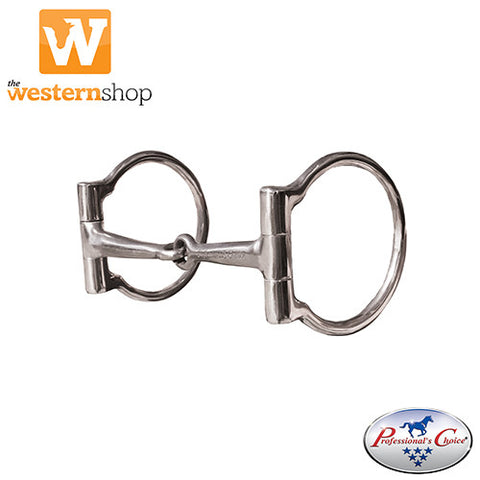
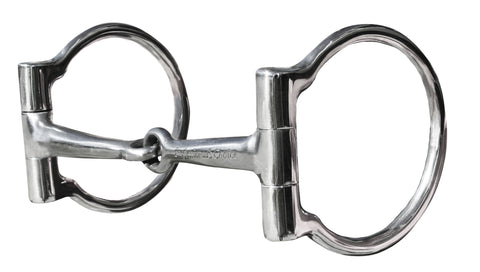
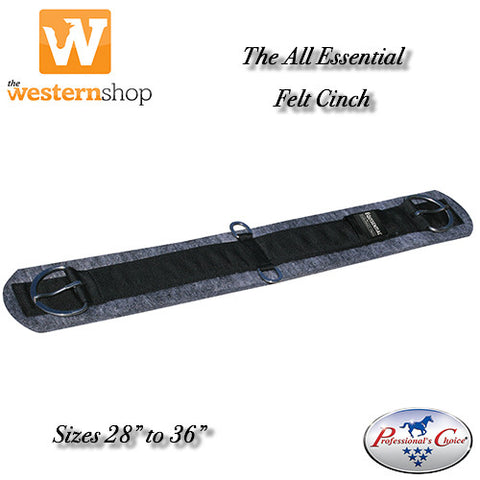
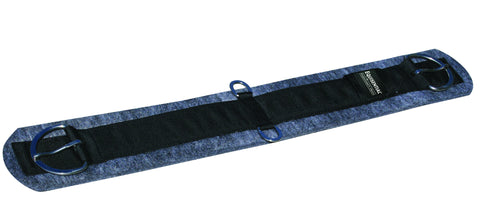
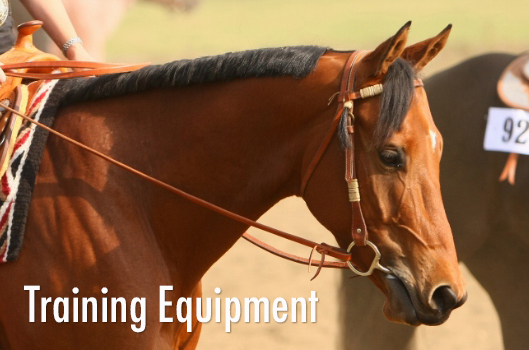

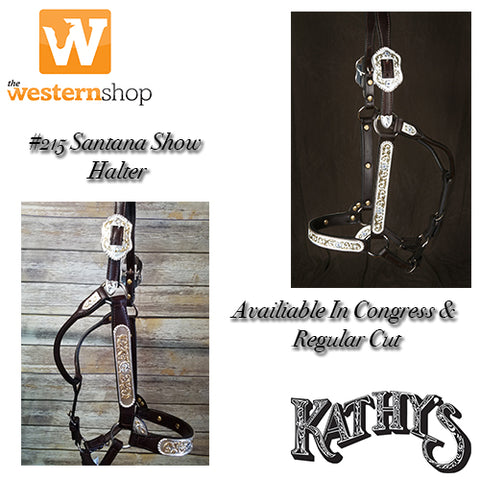
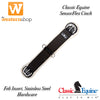
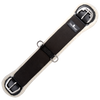
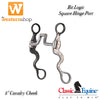
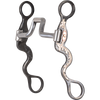
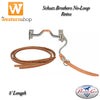

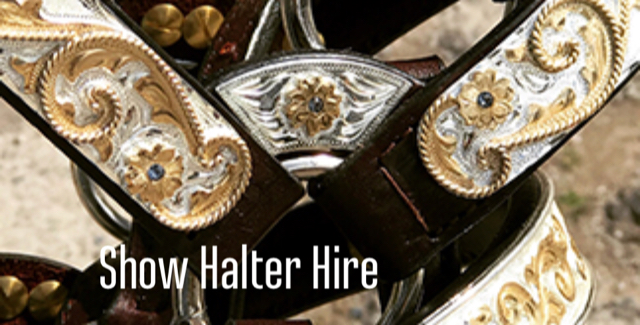
Comments